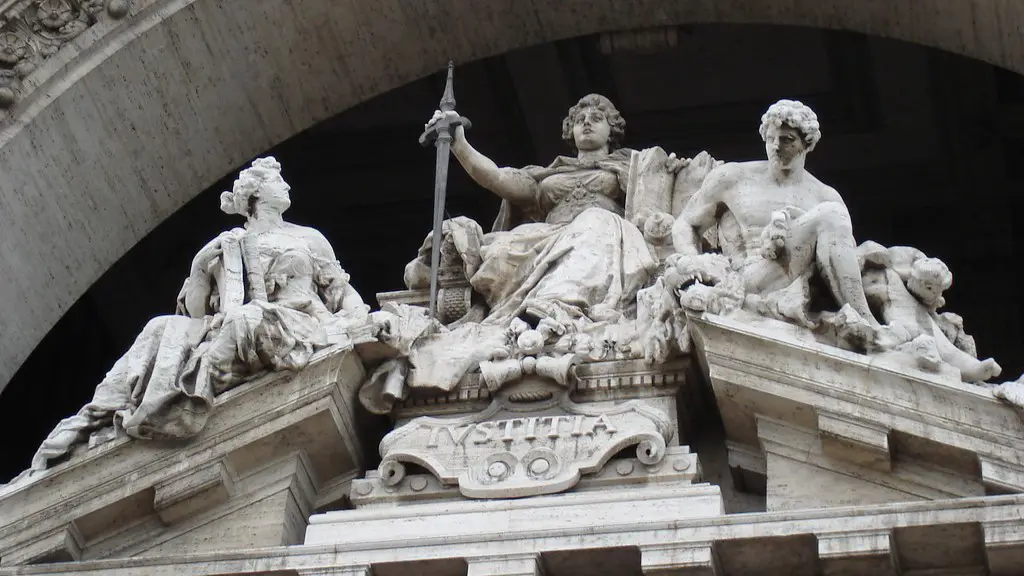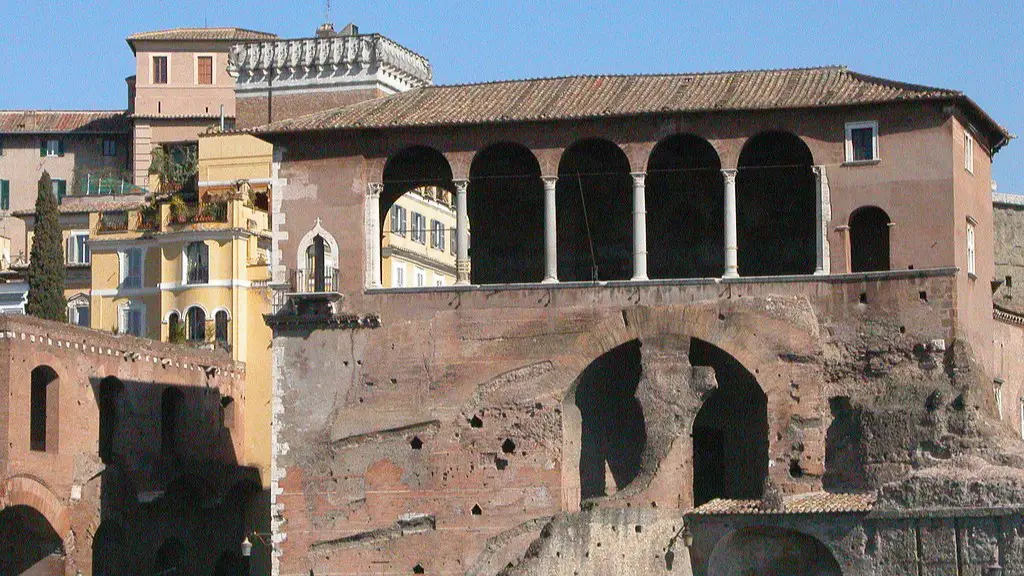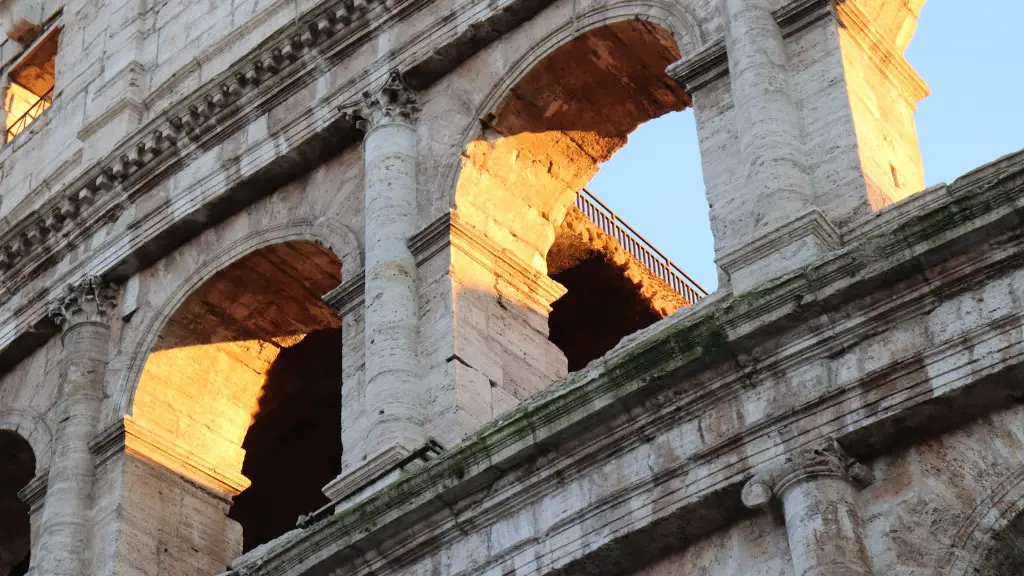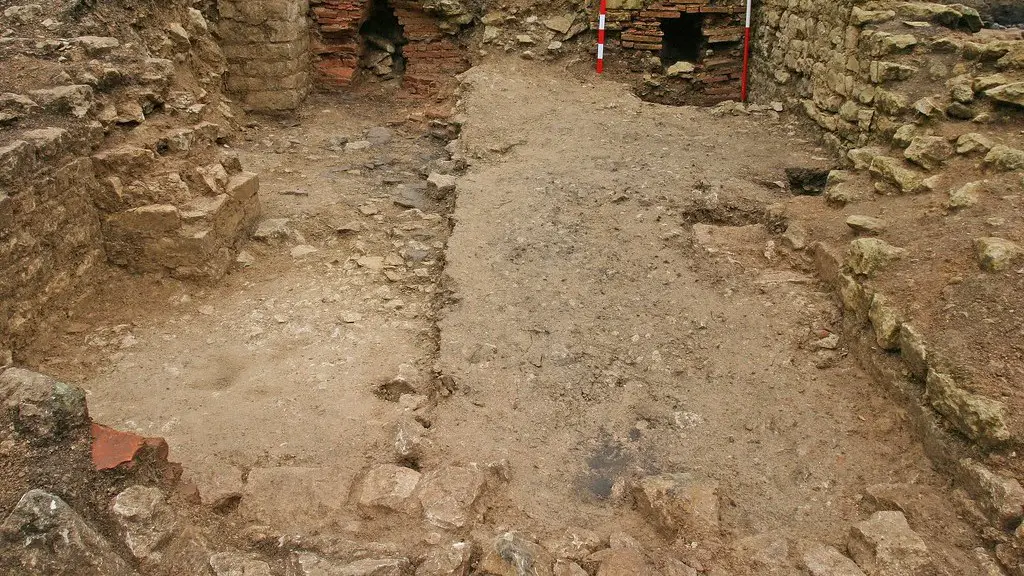For centuries, Ancient Rome has loomed large in the collective memory of Western civilization. Itspolitical and military prowess, cultural advancements, and architectural accomplishments have all become hallmarksof the classical world. But when did Ancient Rome begin and end? And what were some of its lastinglegacies? Since Rome’s history was written and re-written over centuries, the exact dates of its reign elude historians—but they can make a few educated guesses.
Records of Rome’s earliest days come from oral history and archaeological evidence, which indicates thatit was established as a settlement sometime around 500 BC. This was when the Kingdom of Rome (founded by Roman legend Romulus and Remus) was first established. However, some historians argue that its people may already have had a distinct identity prior to this period, since archaeological evidence points to Rome being a busy trading hub as far back as 700 BC. Rome grew to become one of the most powerful city-states in the ancient world, and in the 4th century BC it became a powerful Republic.
The Republic was governed by a Senate and consuls, and laws were made by vote. This period saw significant military expansion, as Rome began forging alliances and conquering ever-larger cities and territories. By the 1st century BC, Rome had become an empire, ruling nearly all of the Western Mediterranean. It was during this Imperial period that Rome’s authority stretched from Britain to the Middle East, and its citizens enjoyed unprecedented economic, political and cultural prosperity.
Throughout the Imperial period, Rome underwent rapid expansion and urbanization. The events of this era form much of the basis of the modern Western world, as its laws, language, art, philosophy and religion heavily shaped the Roman experience. Latin, in particular, became the main language of the Empire and its literature formed the foundation of Western literature and culture. Rome’s legacy also includes its road network, engineering feats, art, philosophy, religions and legal system—all of which continue to influence the modern world today.
From its establishment in 500 BC to its fall in 476 AD, Ancient Rome endured for over 1,000 years. Its legacy lives on in the monuments, buildings, laws and culture of Modern Europe and beyond. Despite the fact that its exact boundaries in history remain contested, its impact on the world has been lasting.
Roman Law
One of the most important legacies of Ancient Rome is its legal system, which became the basis for the legal systems of many Western nations today. Roman law enabled Rome to organize its vast empire, curtailing the power of nobles and granting rights to citizens. The Twelve Tables, a set of laws hammered out in 449 BC and the earliest written form of Roman law, were the most significant influences on later systems. These laws protected property rights and established punishments, contracts, procedures and marriage provisions. Other important works of Roman law include the Institutes of Gaius, the Corpus Juris Civilis and the Code of Justinian, all of which helped shape our legal system today.
Architecture and Art
Rome is renowned for its elaborate architectural feats and beautiful artworks. Perhaps the most famous of these is the Pantheon, an ancient temple dedicated to all of the gods of Ancient Rome. It was built by Emperor Hadrian in the 2nd century AD and still stands today as one of the most impressive surviving monuments of antiquity. Rome was also home to countless sculptures, frescoes and mosaics, most notably the colossal statue of Nero Caesar and the Sistine Chapel’s Michelangelo frescoes. Roman civilization still influences the design of cities, buildings, monuments and sculptures around the world.
Religion
Early Romans worshipped nature gods like Jupiter and Mars, and many of these gods had humanlike characteristics. Roman religion also incorporated Greek gods and goddesses and elements from the Etruscan faith. Roman paganism evolved into Christianity, which became the dominant religion of the Roman Empire during the Council of Nicea in 325 AD. Since then, it has been one of the major religions of the world. Christian churches, traditions and practices that originated in Rome still exist in many parts of the world today.
Language and Literature
Latin, Ancient Rome’s official language, evolved into multiple Romance languages spoken around the world today. Latin was used by the ruling class, while other indigenous languages — like Celtic, Sabine and Oscan — were spoken by regional populations. Many of today’s English words come from Latin, including words related to law and science. Latin was also the language used for writing much of Ancient Rome’s great literature, including works by Virgil, Ovid, Cicero and Virgil. This literature both documented Roman society and heavily shaped Western culture.
Military
Ancient Rome was renowned for its highly organized and sophisticated military. It was one of the largest and most effective military forces of antiquity and was essential to Rome’s expansion and success. Conscription of citizens was compulsory, with some chosen to receive advanced military training and rise through the ranks. Rome’s super-strong legions were also heavily aided by its political alliances, which helped add to its power.
Culture and Society
The Romans had strong cultural values that colored their daily lives. Roman society was divided into classes, and social standing was important to most citizens. Prominence was also gained through patronage, with wealthy families offering money and resources to artists, writers and politicians. Men dominated most roles in Roman society and women were expected to be obedient, but extended families were usually close knit and highly supportive.
Economy
Ancient Rome had the first labor market and sophisticated economic networks. The economy grew as Roman trade expanded and merchants imported items like spices, silks and gems from its many territories. Rome’s citizens enjoyed relative economic prosperity compared to other societies, though many also worked under grueling conditions as slaves. The Roman currency was also used for trading, with coins as well as dried fruits, salt and other items used as a form of payment.



